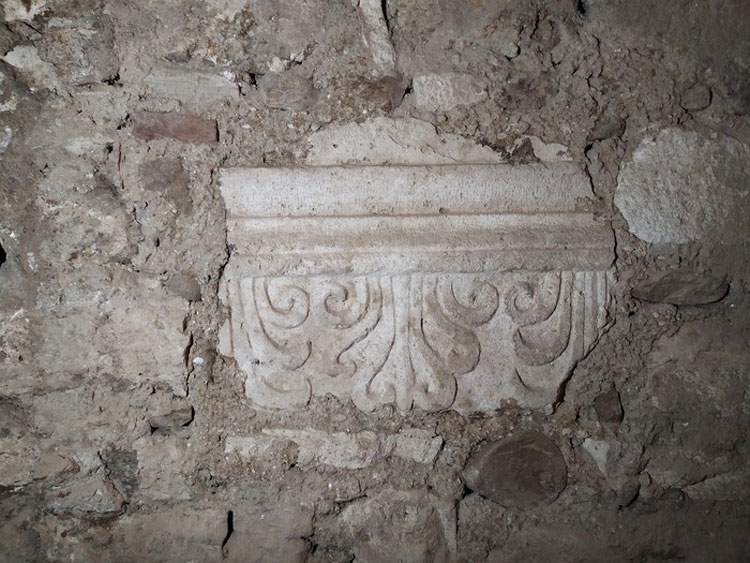Ascoli Piceno, found floors of a domus and Picene ceramics under the cathedral
New findings in Ascoli Piceno that allow us to discover more about the layout of the area before the construction of the religious building: devotional objects, such as medallions, bronze crucifixes, rosary beads, as well as human bones and stone material, inserted in the cemetery structures, including column bases, molded cornices, fluted pillars and fragments of mosaic flooring, have been found from the excavations under the cathedral.
This was confirmed to ANSA by the Soprintendenza Archeologica Belle Arti e Paesaggio of the Marche region, which is engaged in work on the renaissance underground cemetery, thanks to the intervention funded by the Fondazione Cassa di Risparmio di Ascoli Piceno.
The excavation, directed by Paola Mazzieri, made it possible to investigate part of the cemetery, identifying many structures and stratigraphies, which can be traced back to different eras and which overlapped in time. The first earthworks for the cemetery were carried out in the late 15th and early 16th centuries to create chambers for the deceased belonging to noble families and for wayfarers who died far from home. The Renaissance excavations, as the Superintendence recalls, intercepted and destroyed structures pertaining to two probable “domus” of the Roman Republican period of which the foundations and some floor fragments in “cocciopesto” and “tessellatum” have survived.
Currently, archaeological investigations have focused on the northern part, i.e., the part close to the Baptistery. The domus are separated by a canal that had the task of collecting and conveying a vein of water that flowed from the south to the north. The excavation of the canal fill, the Superintendence added, “has allowed the recovery of ancient material ranging from the 5th-6th centuries AD to fragments of pottery and glass from the early medieval period, a period when the infrastructure must have been defunctionalized.”
Medieval-era presences in the area are also confirmed by the discovery of a kiln that nicked the structures of the western domus. In the western gallery, immediately below the cathedral facade, where more substantial stratigraphy has been preserved, two large circular pits with ceramic material from the Picenum period were finally identified: the presence of these pits would testify to a phase of frequentation even earlier than the urbanization of the Roman Republican period.
Ph.Credit ANSA
 |
| Ascoli Piceno, found floors of a domus and Picene ceramics under the cathedral |
Warning: the translation into English of the original Italian article was created using automatic tools. We undertake to review all articles, but we do not guarantee the total absence of inaccuracies in the translation due to the program. You can find the original by clicking on the ITA button. If you find any mistake,please contact us.





























